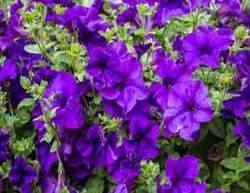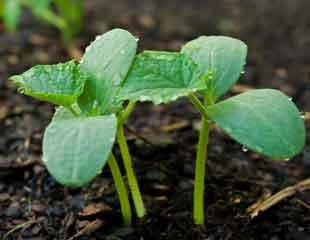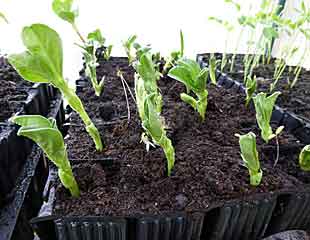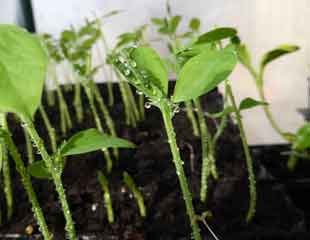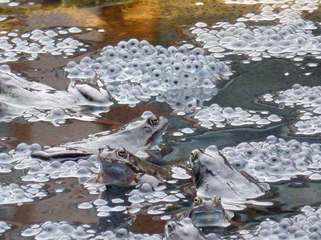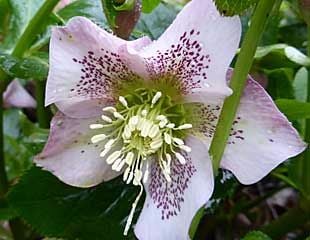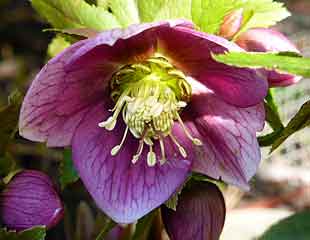Bedding plants - when to plant out?
Posted on
|
|
The question comes round every year: when can I plant out my bedding plants? The shops and on line are full of bedding plants and young vegetable plants. The answer is when all risk of frost has passed. What is more difficult is judging when that maybe which will vary depending on where you are in the country and the aspect of your garden. Bedding plants are tender and can be very damaged or killed by frost, as are many vegetable plants such as tomatoes, cucumbers, squashes, courgettes chillies. Some veg are more hardy than others; broad beans are hardier than french beans, strawberries are hardy and sweet peas will take a good degree of chill but all grow better in the warmth and frost can be damaging.
|
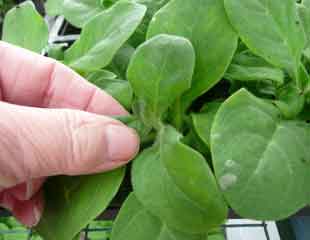 |
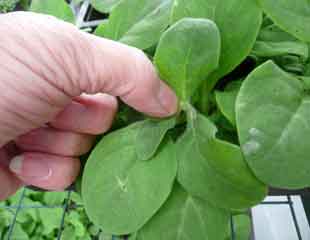 |
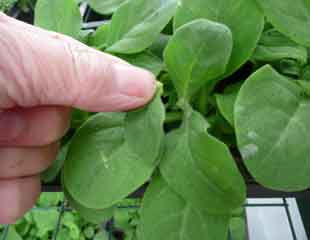 |
|
My garden is both cold and wet a tricky combination so I will not plant out for some time. The risk of frost has usually left most parts of the UK by end May, but it depends on the area. Many sheltered areas in towns, south west parts of Wales will be frost free from the end of April. Check the area and forecast and if the worst happens you need to cover with a cloche or fleece. If your garden is in a colder area bedding and small veg plants can be grown on under glass in a cold frame, greenhouse or conservatory. A good idea is to plant up a hanging basket and grow it in the greenhouse allowing the plants to mature in the protected environment. Plants need to be "hardened off" before planting outside. This means getting the plant used to the less clement weather outside by putting the plants outside on mild days for longer and longer periods not just taking straight from the greenhouse and planting out side chances are the plant will sulk for a while from the shock. To get the best from bedding plants, especially those such as petunia and verbena which can become leggy especially towards the end of the season pinch out the growing point early on. In the images below on the left is the growing point, pinch it out as in central image so it is completely removed as in final image. Do this on all the growing points stopping back the plant and preventing it from flowering to begin with so you get a good bushy shape. |

